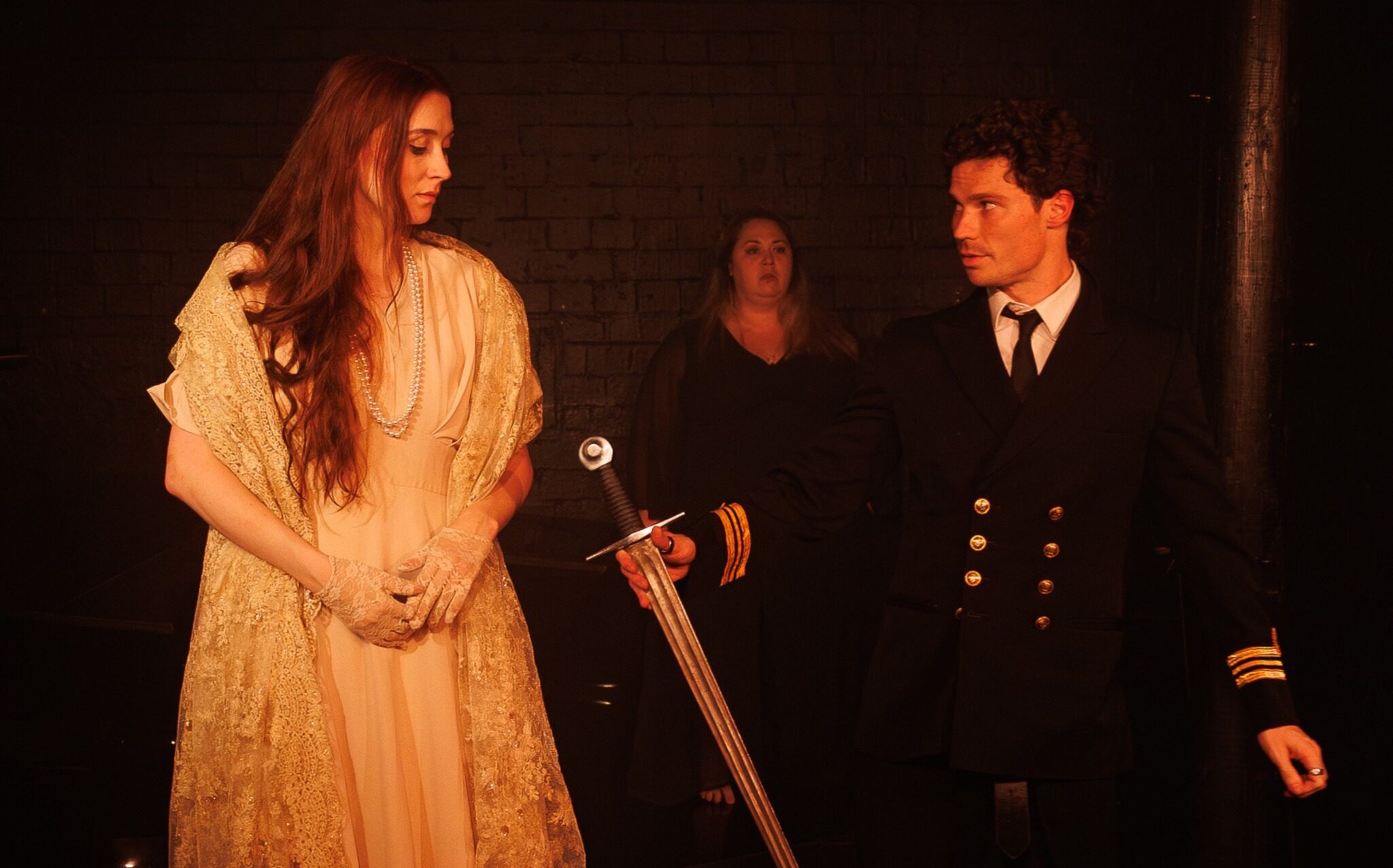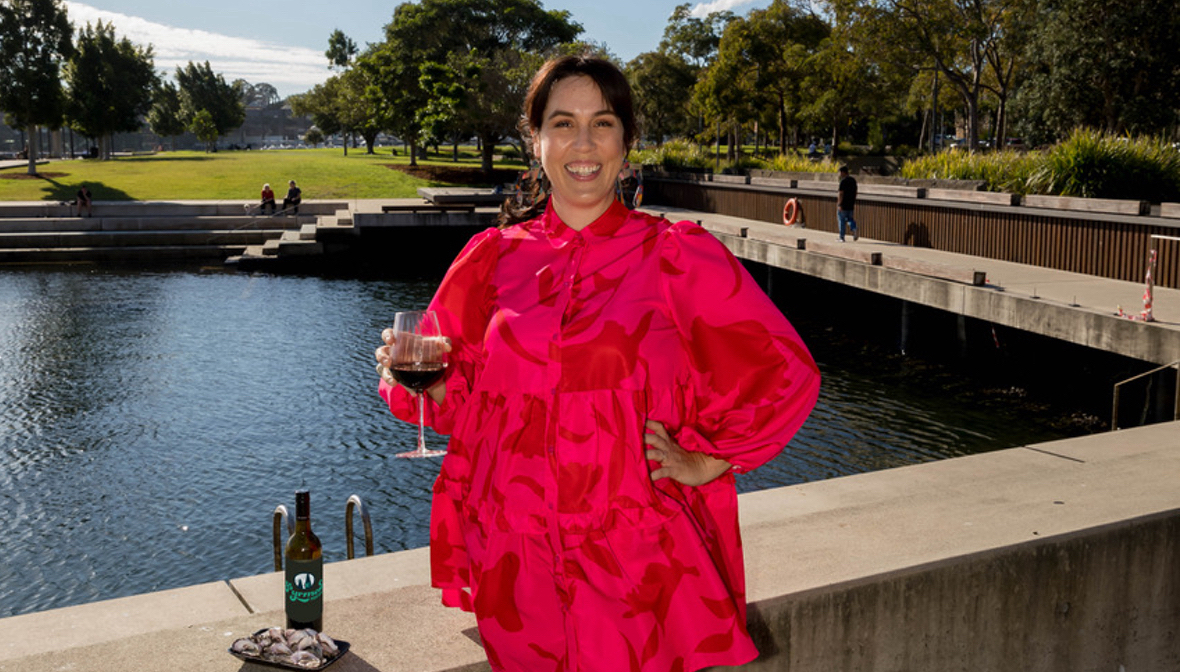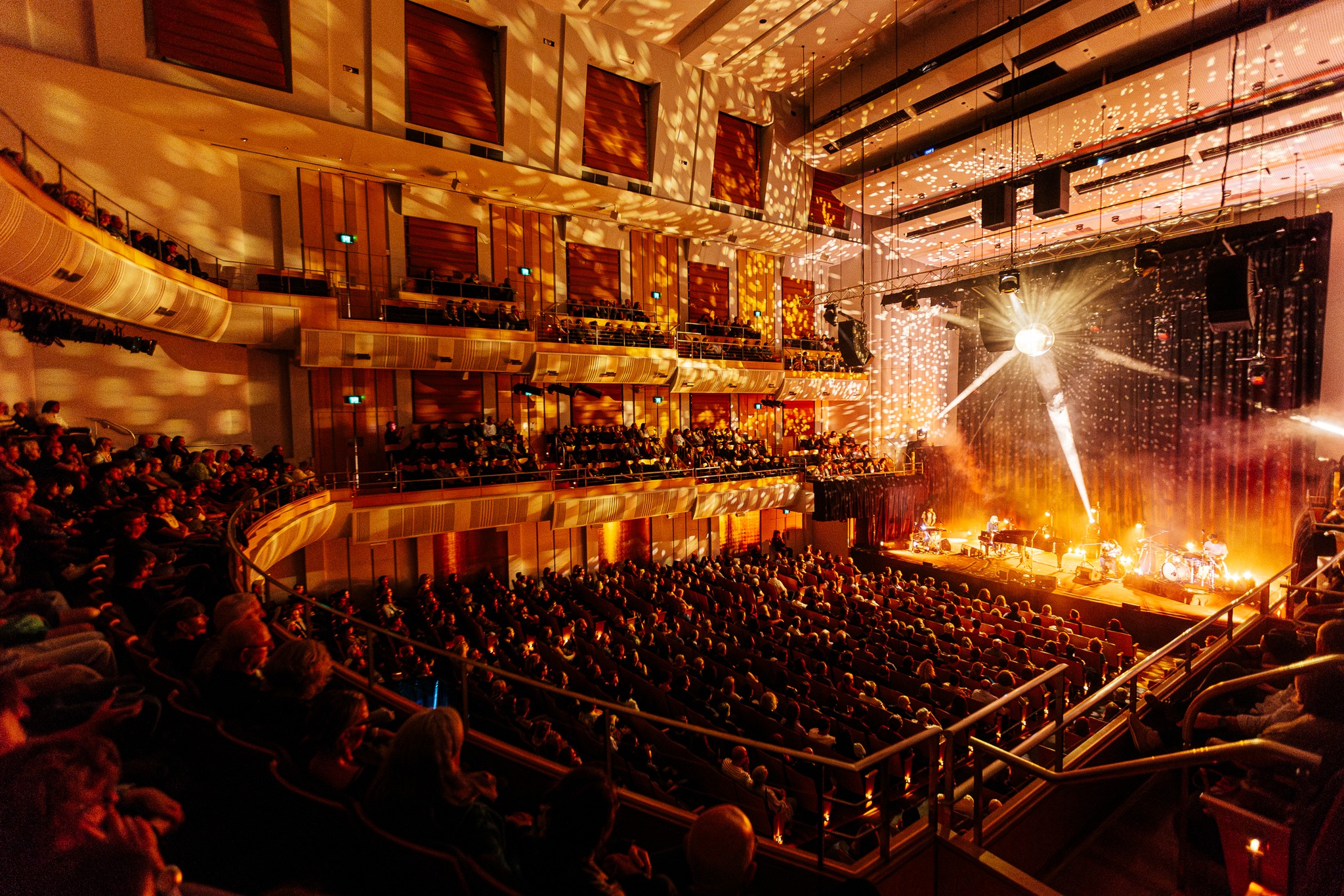
Artificial Intelligence and art – part 1

By JARROD WOLHUTER
The technological advance of artificial intelligence (AI) is moving in quantum leaps. AI increasingly becomes more sophisticated and nuanced, so much so that it has entered a field once considered exclusively the domain of complex, creative humans – art. In this three-part series, City Hub contributor, Jarrod Wolhuter shares his conversations with six professionals in art creation, education, and business who spoke of their ideas and experiences around AI.
Artificial Intelligence art is multi-dimensionalism manifest. It is a beast, a Hydra; a Greek myth. It is everything to some and nothing to others. AI art is a pulsing and heaving shapeless entity; it has infinite edges; a Byzantine mosaic of possibility. Its growth is exponential and it is almost impossible to characterise. Like it or not, AI art is here and it’s not going anywhere.

“The text prompts were deigned to be as simple as possible. I wanted to show how a sentence about artists creating work with AI while using AI as the medium could be effective.” Dr Jessica Priebe.
Dr Jessica Priebe is an Art Historian and Lecturer in the Department of Art History and Theory at the National Art School. Dr Priebe teaches contemporary approaches to digital art, focusing on NFTs, blockchain and AI. She is a former research fellow in Enlightenment Studies with the Sydney Intellectual History Network.
“What has been interesting to see over the past couple of years is that within the AI art community the discussion has progressed from whether AI art is a good or bad development to a dialogue around the craft of representation and genealogy of preferred techniques.

AI art tools allow the artist to curate the input and output, with the computer acting as a kind of collaborator in that process. With AI art, the algorithm can generate countless pieces of artwork, with no two artworks being the same despite using the same text prompts.
This means AI art tends to shift the role of the artist toward a more curatorial role. As we know, the machine is not an artistic entity. It is the responsibility of the artist to identify and assign meaning and value to the machine’s outputs.

While AI artists like Robbie Barrat and Anna Ridler, both of whom use neural networks in their artistic practices, have been embraced by the art world, those artists using text-to-image generators are yet to gain acceptance and following. This is evident in the recent debate over Jason Allen’s first-place win at the Colorado State Fair with his AI work created using Midjourney.
Those that are critical of AI art tend to fall into two main camps. There are those who believe that AI art is not real art. This seems, at least to me, a redundant argument. What history has shown us is that when there is a debate over whether a work of art is really art, those against it always lose. Linked to this is the idea that AI poses a major threat to an artist’s livelihood. This is also a redundant argument. AI is not meant to replace human creativity. Rather, it is just another tool at the artist’s disposal.


It reminds me of the artist Paul Delaroche’s comments in 1839 after seeing a daguerreotype photograph: “From today, painting is dead!” Today, we think of the camera as an instrument of art with the final output dependent on the photographer’s artistic eye. When the artist takes a photograph of their subject, nobody attributes artistic agency to the camera. The camera, like the computer or the brush, is a tool that bends to the whim of the artist’s creativity and impulses. The interaction between the machine and the artist is one of artistic intent and skill”.









